Defining Risk and A note from Kayla
During our initial conversation with new clients Mike and I discuss investment risk and then try to determine an investor’s risk tolerance, or degree to which market corrections become distressful and keep an individual awake at night. We do this to determine which investments would be appropriate for each client, and then customize that client’s portfolio. For many this may be the first time to consider risk and analyze the willingness to accept it, or not, for an expected gain. This month and the next we want to readdress the definition of risk and the resulting expectation of investment return.
Never doubt that risk and return go hand in hand with investing, all types of investments have a degree of some type of risk. The reward for taking risk is the potential for a greater return on your investment; and thus the greater the degree of risk you are willing to accept the greater should be the expected gain. Correspondingly, the greater chance for gains the greater the risk for losses. For example you can buy a Federal Treasury bond, the most conservative of all investments with the least risk, that matures in one year and your rate of return will be less than one-half of one percent; or you could buy a “hot” tech or pharmacy stock with the chance to double you money in one year, or instead drop 50% in value. The choice you make defines your risk tolerance.
There are at least six different types of investment risk:
1. Business risk – When you purchase a stock you own a small piece of that business; likewise when you buy a bond you are loaning money to that Company. In each case you are taking a risk that the business is successful and does not go bankrupt or is liquidated. In case of liquidation the bond holders are paid first, to the extent of the remaining cash, and stockholders may get nothing – hence greater risk for stockholders.
2. Volatility risk – The good news about buying a publically traded stock it that market price fluctuations are reported instantly; the bad news is that market price fluctuations are reported instantly – hence the awareness of price volatility is instant. That constant reporting of volatile price swings is a pressure some investors prefer to avoid.
3. Inflation risk – Inflation is the increase in the price of goods you buy – from bread to vehicles everything may experience inflation whether the result of increasing demand, labor costs or material costs. If the ten year Federal Treasury bond pays 2.5% interest and inflation if 1.5% the net return is only 1%. Inflation has eroded almost two –thirds of the return.
4. Interest rate risks – Interest rate changes affect a bonds value. While true if a bond is held to maturity the owner gets the face value of the bond plus interest. But if the bond is sold before the maturity date it may be worth more or less than its face value. Rising interest
rates make new bonds more appealing to investors; so to attract a buyer for an existing bond the market price has to be reduced.
5. Liquidity risk – Some assets such as land, collectibles and raw commodities, may not be quickly and efficiently sold when the owner wants to sell. Owners of bank CDs may have a penalty to liquidate prematurely. Most annuities require a seven year holding period before the owner can liquidate without a penalty.
6. Opportunity risk – My favorite because it is so subjective. This is the risk of missing a greater return. The owner of a Treasury bond may be missing a greater return on an equity investment. The cost of less risk is the amount of the opportunity loss.
Risk tolerance is personal choice, there is not correct answer for all investors. Next month we discuss methods to quantify risk tolerance and how to apply the results.
As always if you have any questions or concerns we invite your calls or correspondence.
Jack, Mike and Kayla.
Dear Clients,
I would like to start off by saying it has been a privilege getting to know each of you. As some of you know, my husband is a high school football coach for Plainview High School. We recently received an opportunity to move to Springdale, AR where Philip will be coaching and teaching.
I am sad to announce that July 2nd will be my last day at JBR Co.-Financial Management Inc. I want to thank each of you for being so accepting during my time here. I have gained a vast amount of knowledge listening to Jack and Mike advise you and it is experience I do not take for granted. I am excited to see the firm grow and expand as Jack and Mike look for a new individual to add to the effort of listening to your financial needs, building your wealth and securing your futures.
All the best,
Kayla Tweed
